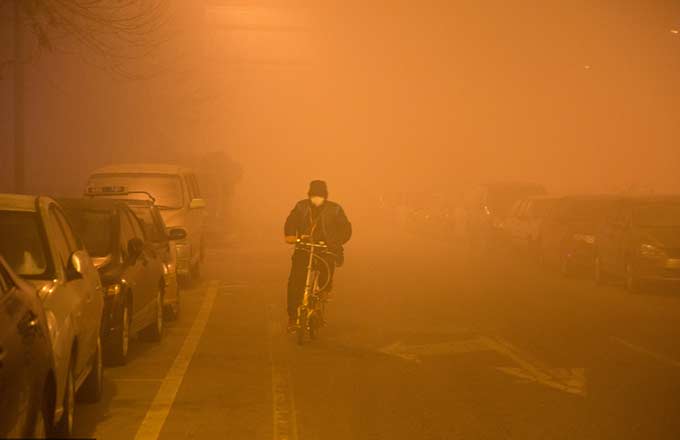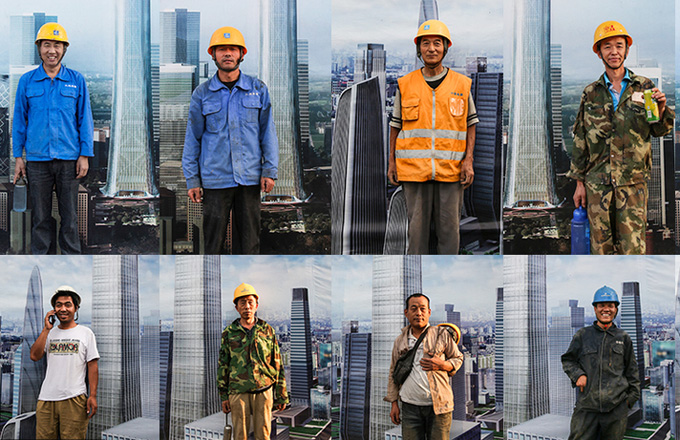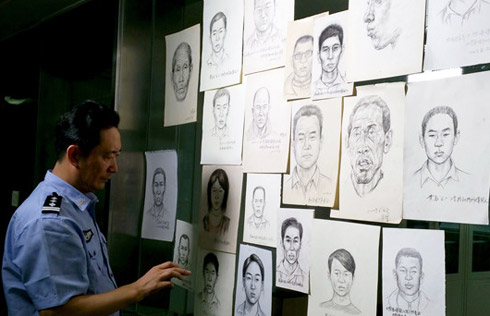Prostate cancer on rise, but diagnosis too slow
Most cases of prostate cancer in China are being diagnosed too late, according to health specialists.
The incidence rate is rising by 12 percent annually, but the early detection rate remains low, said Na Yanqun, head of the Chinese Anti-Cancer Association's urinary and male reproductive system cancer committee.
"Nearly 70 percent of patients are still diagnosed only at the end stages of the disease," he said, citing data based on the national cancer registry.
He was speaking at an event to raise awareness of prostate cancer on Saturday organized by the association and pharmaceutical company Johnson & Johnson.
Prostate cancer, the sixth most common form of cancer among Chinese men, is known as a silent killer because many symptoms don't appear until the late stages.
Due to late detection, the cancer will spread to the patient's bones in about 65 percent of cases, according to Zhu Gang, a senior prostate cancer specialist in Beijing.
No data is available on the mortality rate, but the experts said 50 percent of patients live for at least five years after diagnosis.
"It's a great pity that many are missing the best time for treatment," Zhu said. "With early detection, many cases can be actually cured."
He advises men begin to undergo annual screening for prostate cancer at age 50, or at 45 if their family has a history of the disease.
The risks increase with age, and "a rapidly aging country like China will see a constant increase in prostate cancer", the specialist added.
By the end 2015, China had more than 220 million people aged 60 and older, making up 16 percent of the population.
shanjuan@chinadaily.com.cn

















